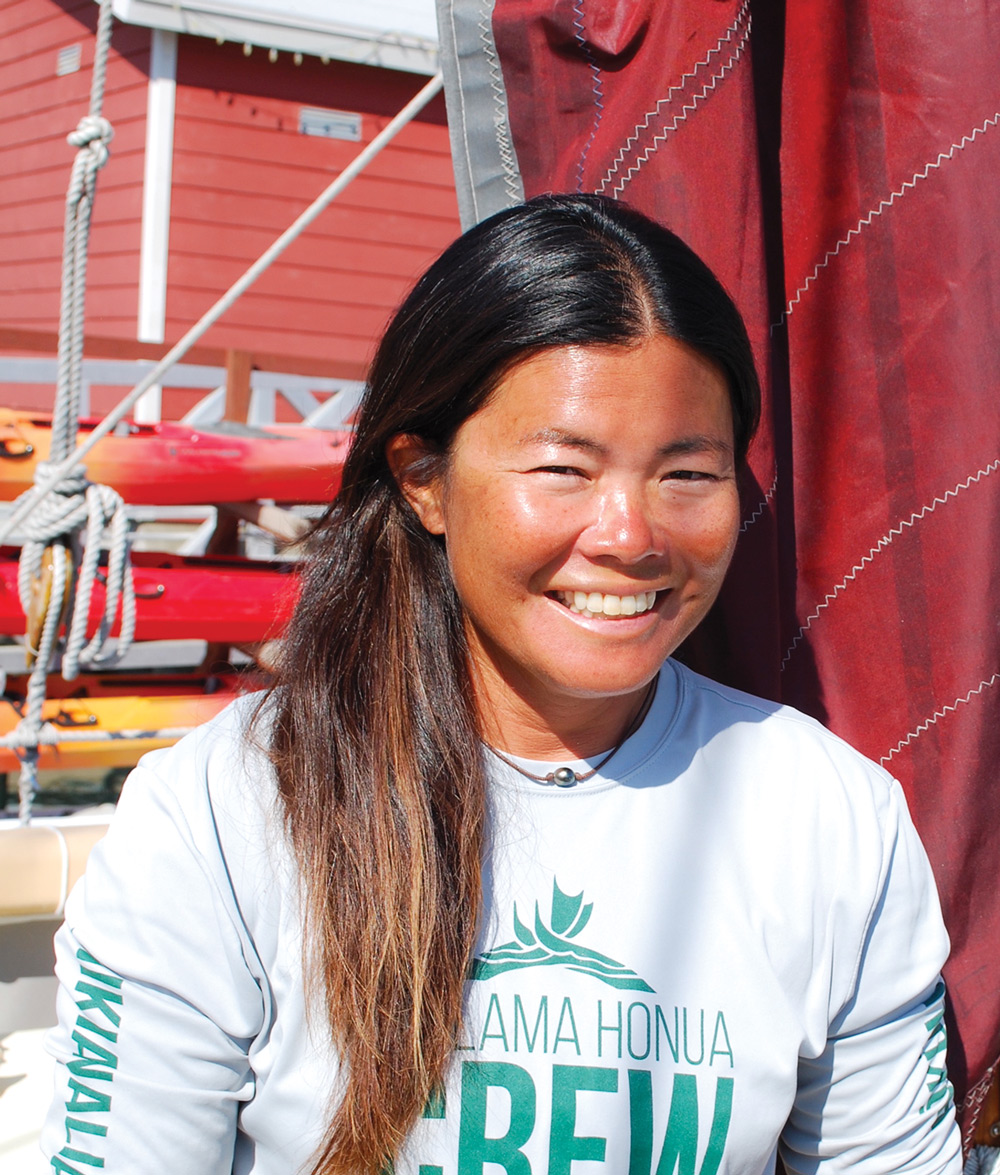Voyage for the sea
For 2,800 nautical miles, the sailors aboard the Polynesian voyaging canoe Hōkūle’a have spread a message of unity and restoration to thousands along the North American Pacific Coast.

The Moananuiākea Voyage for Earth 2023-2027 takes its name from the Hawaiian word moananuiākea, which refers to the vast Pacific Ocean and the domain of the god Kanaloa, saying, “It is the greatest body of water on earth, and what connects us all.”
It is the most recent outreach of the Polynesian Voyaging Society, which first set sail nearly 50 years ago. In the past the focus was to learn and re-establish the ancient ways of navigation, explore and reconnect. Those associations prompted this new endeavor.
“During the Mālama Honua voyage in 2014 to 2017 we met a lot of indigenous people all around the world, from Australia and South Africa to the First Nations here,” said Capt. Tamika Fernelius, who skippered Hōkūle’a from Ventura to San Diego. “We realize we have more similarities than differences and felt really connected with what we are doing and what they are doing to take care of this planet earth, the land and ocean water.”

Arriving at Dana Point’s Ocean Institute, Fernelius explained she was born and raised in Okinawa but did not have any boating experience until she joined the Japanese Coast Guard.
“Okinawa is a beautiful place and had beautiful coral reefs when I was a kid, but as I got older the coral was becoming like a desert, bleached, with few fish living along the reef. So I joined the coast guard right after high school, thinking I wanted to do something for the ocean,” she said. “I was working on a big 3,000-ton ship. I was on the ocean, but not doing anything for the ocean. So I was searching for a way to help the people pay attention to the ocean when I saw a article about Hōkūle’a and thought ‘I need this canoe and this experience to reconnect the people and the ocean.’”

Comments